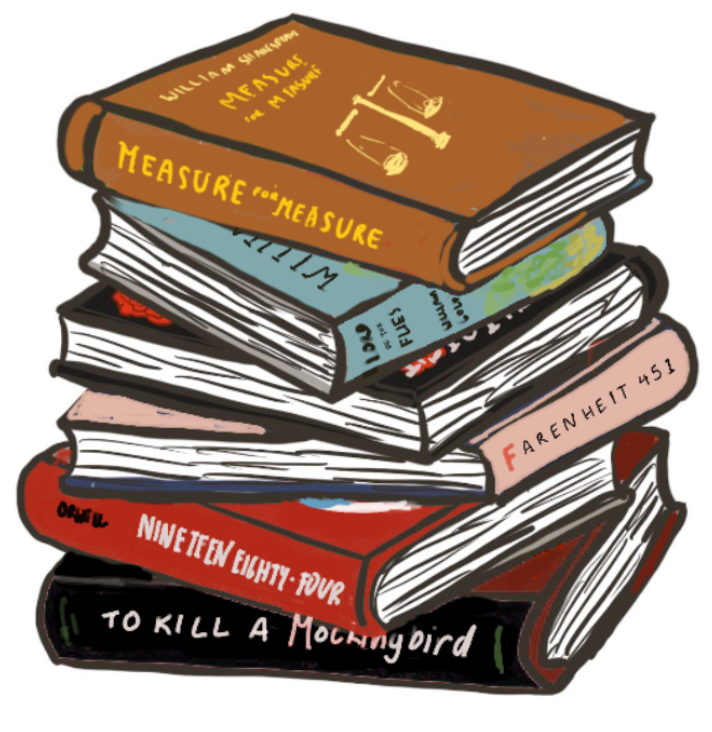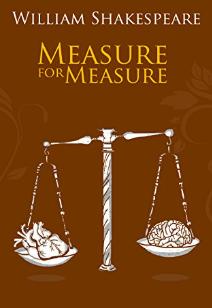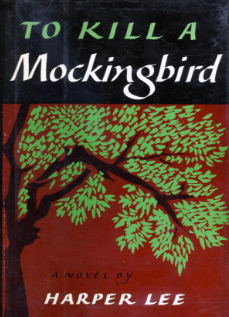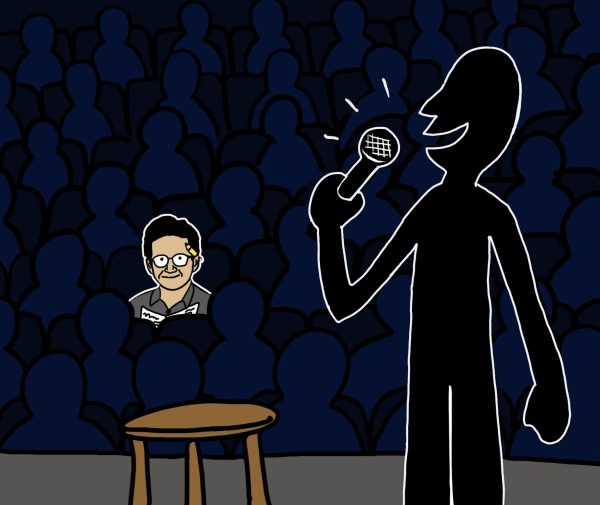Literature teaches students the reality of the criminal justice system
December 16, 2022
Crime and criminal justice are some of the only issues in this world as complicated as the human mind itself. Every individual has their own views on where crime comes from and how it should be handled. We do our best to remedy the ills caused by crime through laws and charities, but crime is an issue of the psyche—no piece of legislation can ever get to the roots of why it affects people in the way it does. So, naturally, we turn to art; and no other art form is better at holding a mirror up to society than literature, whether it’s meant to be read or performed. There are a myriad of examples of such literature, many of which are required reading in schools like ETHS. It is of paramount importance that we expose people of all ages to a variety of perspectives. Following are two examples of literature which, I believe, capture the nuance of how and why crime and criminal justice are so often mishandled.
I recently saw an excellent production of Measure for Measure at Chicago Shakespeare Theatre. The play’s plot is a saga of criminal justice, and while it was written centuries ago, its themes are (unfortunately) searingly relevant today. It focuses on Isabella, who is a nun on a quest to free her brother Claudio, who has been jailed for engaging in premarital sex. To do so, she must convince the drunk-on-power Lord Angelo—the head of the city’s law enforcement—to exonerate Claudio. Though the play is technically a comedy, what follows is quite a dark tale featuring rape, betrayal and abuse of power in which the city’s inhabitants eventually band together to outwit Angelo. To me, this play is a masterpiece: Shakespeare casts a stinging indictment on people and systems that purposely mistreat those who they are meant to serve. But he does so underneath a pleasant visage of humor and colorful characters which make the play palatable to all potential viewers— including those whom it criticizes.
A different, but equally apt example is To Kill a Mockingbird by Harper Lee. Instead of depicting the authorities themselves being the sources of societal ills relating to crime and safety, the book focuses more on the prejudice of everyday people. The novel is set in the Jim Crow South and is told from the perspective of a young girl named Scout Finch. Scout’s father, Atticus, is a defense attorney who is working to protect Tom Robinson, a Black man who has been falsely accused of raping a white woman. Despite Atticus eviscerating the prosecution in court and dismantling all of their “evidence,” the brainwashed jurors still vote to convict Robinson. While the novel has definite room to improve regarding its depictions of Black characters, it highlights the somber reality of our justice system: people’s lives are too often placed in the hands of those who won’t even give them a chance.
What makes literature such a unique and beautiful artistic medium is the fact that it can give anyone a platform to speak their truth, to spread their message. Through writing, authors can elevate nuanced issues to achieve equity and justice. In no arena is this more true than that of crime and criminal justice: we need people from all sides to speak their truths in order to create systems that benefit everyone.























Obidiah Redwin • Dec 16, 2022 at 4:39 pm
Best article ever written in this paper. Beautifully articulated and artful in descriptions. Promotion needed, so much talent!
Duffy Jones • Dec 16, 2022 at 11:07 am
This is truly an amazing piece of writing, Nathan Kane, you seem to have a bright future writing in this beautiful country. Thank you for showing me how literature reflects the nuances of the criminal justice system!